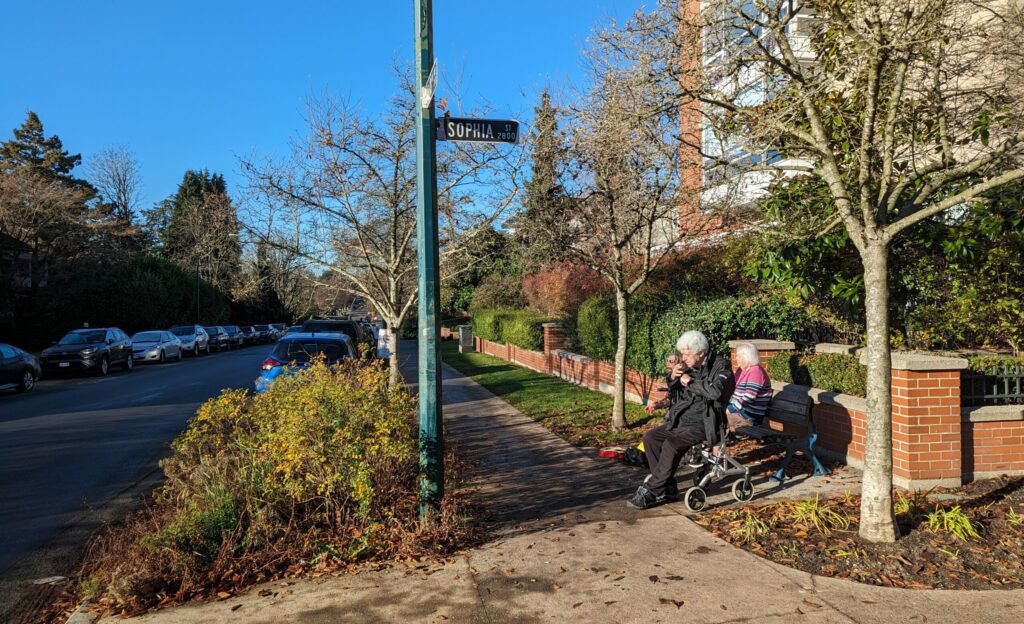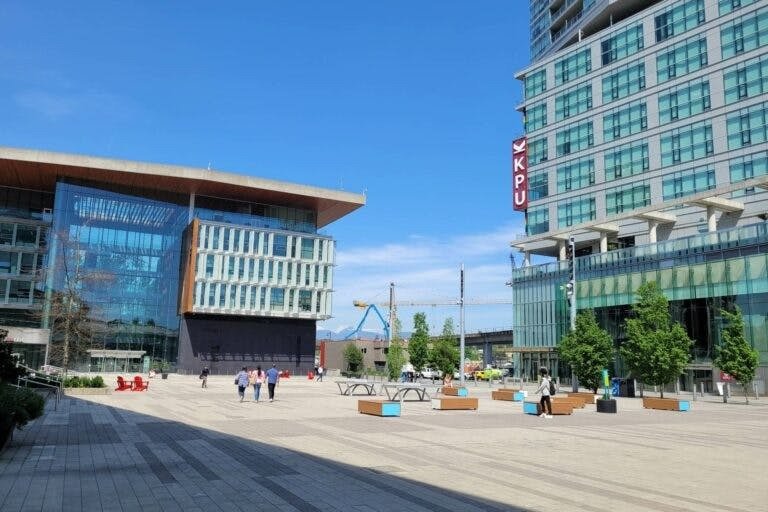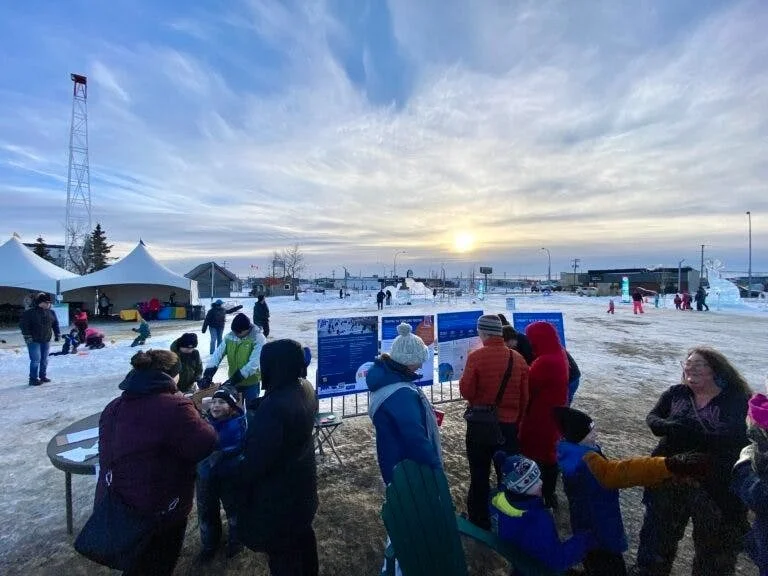Stories
We share stories and evidence on the link between urban design and human wellbeing.
All stories
10 years of Happy City: Our readers' stories
It's been 10 years since the publication of the book Happy City, by Charles Montgomery. Our readers share how the book influenced their career and life journeys.
Placemaking is like a box of chocolates
The power of benches and seating to connect strangers.
Celebrating 10 years of Happy City
What's your Happy City story? Send us a short 100-300 word writeup and we'll compile a short selection to share on our website.
For happier, healthier communities, invest in placemaking
Placemaking is a cost-effective way to boost health, social connection, resilience, inclusion, and economic activity.
How Halifax built the most vibrant waterfront in Canada: Decades of small changes
For successful placemaking, small, consistent investments over time matter more than grand gestures.
The secret to vibrant streets? Focus on what people can see
Transit-oriented development suggests that homes, shops, and services should all be located within 400 metres of transit. The actual distance to create vibrant streets may be much shorter.
How resident relocation policies can support wellbeing
Many rental buildings are aging and in need of upgrades. Happy Cities worked with Brightside Community Homes Foundation to understand how to better support resident wellbeing when redevelopment happens.
Zoning won’t create walkable suburbs on its own. But one great block might.
Surrey, B.C. shows a promising strategy to transform suburbs into more walkable, vibrant communities.
To build resilient communities, start with social connection
Social ties are the building blocks for community resilience. As extreme weather events increase, our connections can be the difference between life and death.
Don’t fear density: BC’s housing targets can be a wellbeing win
More housing is coming for 10 B.C. municipalities. Here are three ways that density can boost community health and wellbeing.
How to design a dementia-inclusive community
New planning and design guidelines to boost wellbeing for people living with dementia, from Happy Cities and SFU.
Where words fail: Teach architects and urban designers like violinists
Architects and urban designers justify or explain their work with words, and municipalities govern design with jargon-filled regulations. The outcome is often underwhelming.
High on ice: Winter placemaking in a northern city
Embracing a winter climate to promote arts, culture, and community in Fort St. John
The responsibility of the building to the street
Structural engineers are responsible for ensuring that buildings do not fall over. Mechanical engineers must ensure that people inside can breathe. But what responsibility do building designers have to the street outside?
Should we design cities for loneliness?
New research explores how cities can combat loneliness—by normalizing it.
Walkability, like apple farming, is all about getting the basics right
How cities can implement good ideas faster.
Community engagement is failing us. Here's how to fix it
Four ways to include more diverse community members in planning processes.
Walkable Spanish streets show what’s possible for North America
Inspiration from the streets of Segovia and Logroño


















